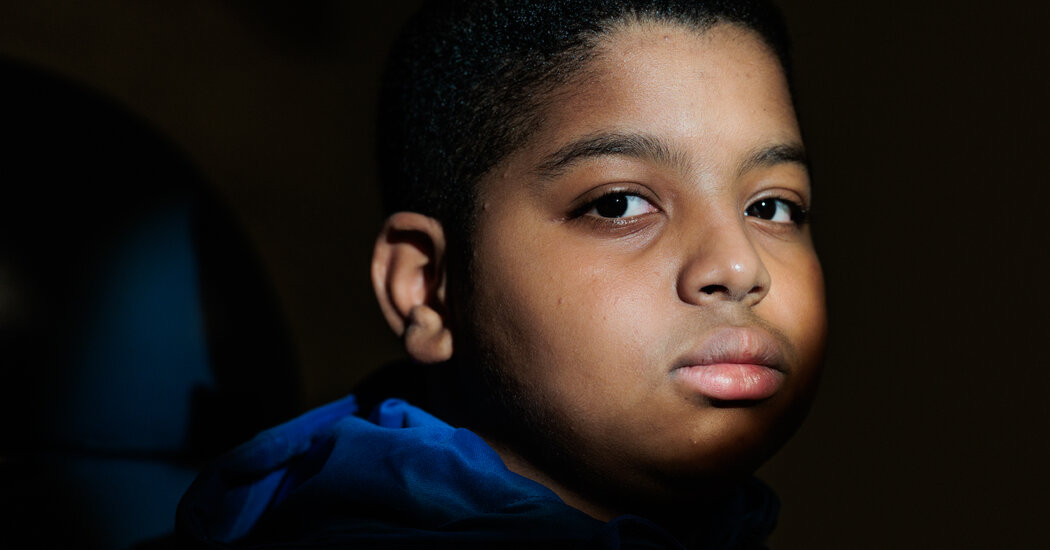Aissam Dam, an 11-year-old boy, grew up in a world of profound silence. He was born deaf and had never heard anything. While living in a poor community in Morocco, he expressed himself with a sign language he invented and had no schooling.
Last year, after moving to Spain, his family took him to a hearing specialist, who made a surprising suggestion: Aissam might be eligible for a clinical trial using gene therapy.
On Oct. 4, Aissam was treated at the Children’s Hospital of Philadelphia, becoming the first person to get gene therapy in the United States for congenital deafness. The goal was to provide him with hearing, but the researchers had no idea if the treatment would work or, if it did, how much he would hear.
The treatment was a success, introducing a child who had known nothing of sound to a new world.
“There’s no sound I don’t like,” Aissam said, with the help of interpreters during an interview last week. “They’re all good.”
While hundreds of millions of people in the world live with hearing loss that is defined as disabling, Aissam is among those whose deafness is congenital. His is an extremely rare form, caused by a mutation in a single gene, otoferlin. Otoferlin deafness affects about 200,000 people worldwide.
The goal of the gene therapy is to replace the mutated otoferlin gene in patients’ ears with a functional gene.
Although it will take years for doctors to sign up many more patients — and younger ones — to further test the therapy, researchers said that success for patients like Aissam could lead to gene therapies that target other forms of congenital deafness.
It is a “groundbreaking” study, said Dr. Dylan K. Chan, a pediatric otolaryngologist at the University of California, San Francisco, and director of its Children’s Communication Center; he was not involved in the trial.
The one in which Aissam participated is supported by Eli Lilly and a small biotechnology firm it owns, Akouos. Investigators hope to eventually expand the study to six centers across the United States.
